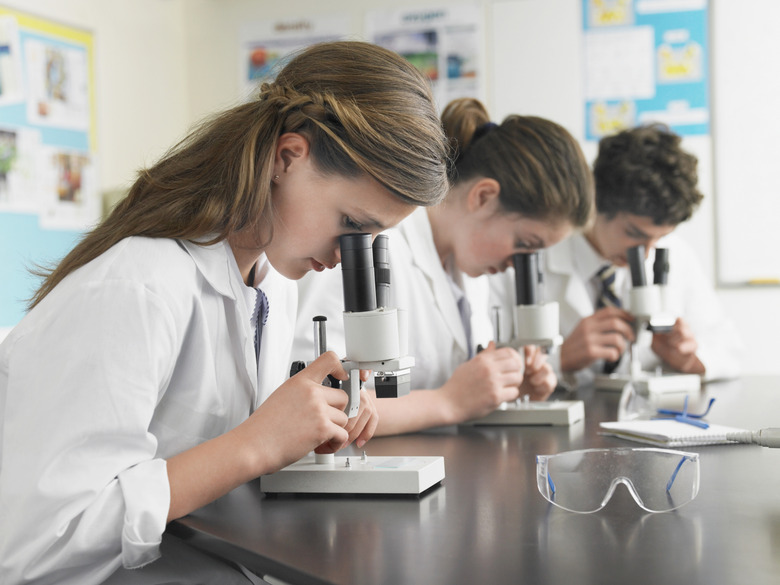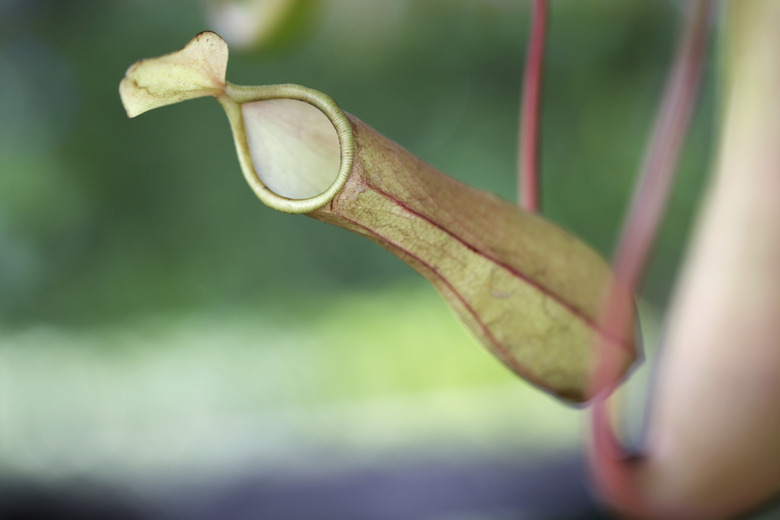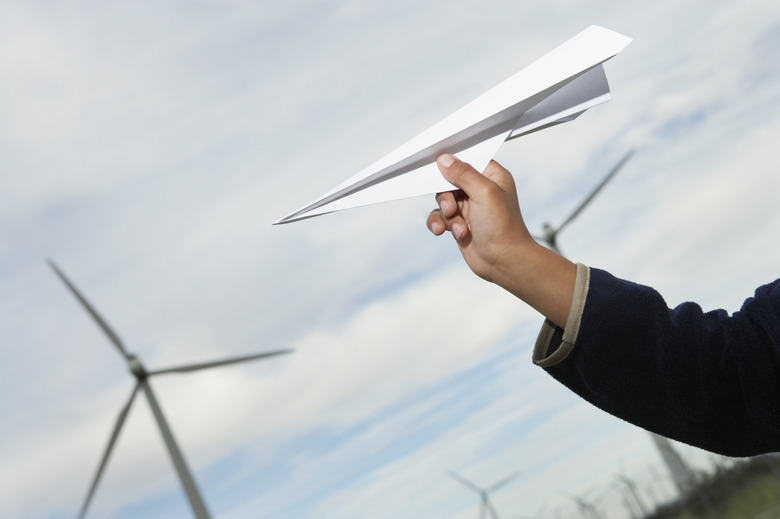Fun High School Science Experiments
Sitting still and passively watching the same old experiments that they've done since middle school won't help high school students to engage in the science curriculum. Whether you teach biology, chemistry, physics or a specialty science class, you can inspire your students to learn through a fun-filled experiment. You don't need fancy lesson plans or pricey materials to deliver exciting science experiments. Instead, add a pinch of creativity and involve the students in a hands-on inquiry activity.
Carnivorous Plants
Carnivorous Plants
Carnivorous plants get nutrients from eating small insects. Pitcher plants — also known as pitfall traps — have a pool of enzymes that help them to digest insects that they catch. Your students can better understand how the plant digests its prey by testing the pH of the fluids to look for a change. Insert a piece of pH paper to get a baseline for the plant before it feeds. Feed the plant an insect, and ask your students what they think will happen. Each student should write down her predictions and then observe the plant over the course of the school week. As the plant digests the insect, have the students insert a piece of pH paper to test whether there's a difference as the digestion process goes on.
Biology and Behavior
Biology and Behavior
Ask your students how many of them play video games. It's likely that many of them will answer "yes," with 97 percent of 12- to 17-year-old's reporting that they play games on consoles or online, according to the Pew Research Internet Project. Take this leisure-time activity and turn it into a fun science experiment that ties into human biology or physiology. Hypothesize the influence that violent types of games have on a person's heart rate and blood pressure. Have the video game players test it, measuring their heart rates and blood pressures at rest, while doing other activities — such as homework, drawing or walking — and during and after playing violent video games.
Take Flight
Take Flight
Your high school students can experiment with the science of flight by creating their own planes and gliders. Younger high school students can start out with a simple paper glider experiment. Fold paper in different ways to make gliders with larger or smaller wings, or try out different weights of paper. Fly the gliders from different angles and heights to test which ones stay in the air the longest. More advanced students can include shoe boxes into their glider designs. The students will need to figure out the size and angles of the wings — using paper, rulers and scissors — to make the gliders break gravity and fly.
Earth Friendly
Earth Friendly
High school students are ready to do more than simply sort through recyclables or measure how much water they use on a daily basis. Amp up the fun factor and try something with more substance. Discuss air quality, pollution and the impact that it has on the environment. Follow this up by making pollution catchers to test how much grime is in the air that they breath. Smear petroleum jelly on the blank sides of index cards. Tape or hang — with a piece if yarn — the cards in different places, such as outside the school or ask the students to take them home. At the end of the week, take a look at the jelly with a magnifying glass to see how much pollution has accumulated.
Cite This Article
MLA
Loop, Erica. "Fun High School Science Experiments" sciencing.com, https://www.sciencing.com/fun-high-school-science-experiments-12744206/. 17 May 2010.
APA
Loop, Erica. (2010, May 17). Fun High School Science Experiments. sciencing.com. Retrieved from https://www.sciencing.com/fun-high-school-science-experiments-12744206/
Chicago
Loop, Erica. Fun High School Science Experiments last modified August 30, 2022. https://www.sciencing.com/fun-high-school-science-experiments-12744206/




